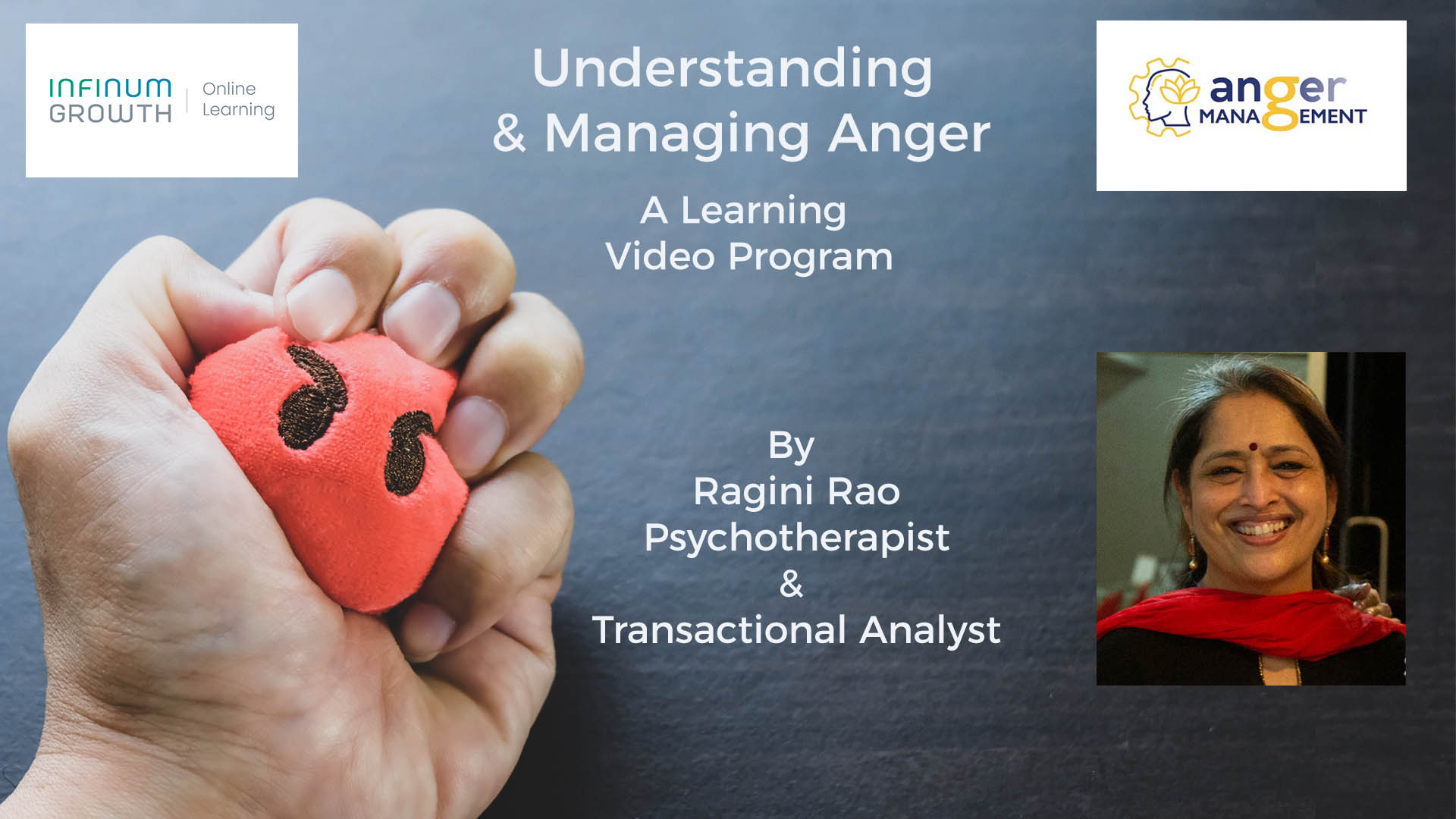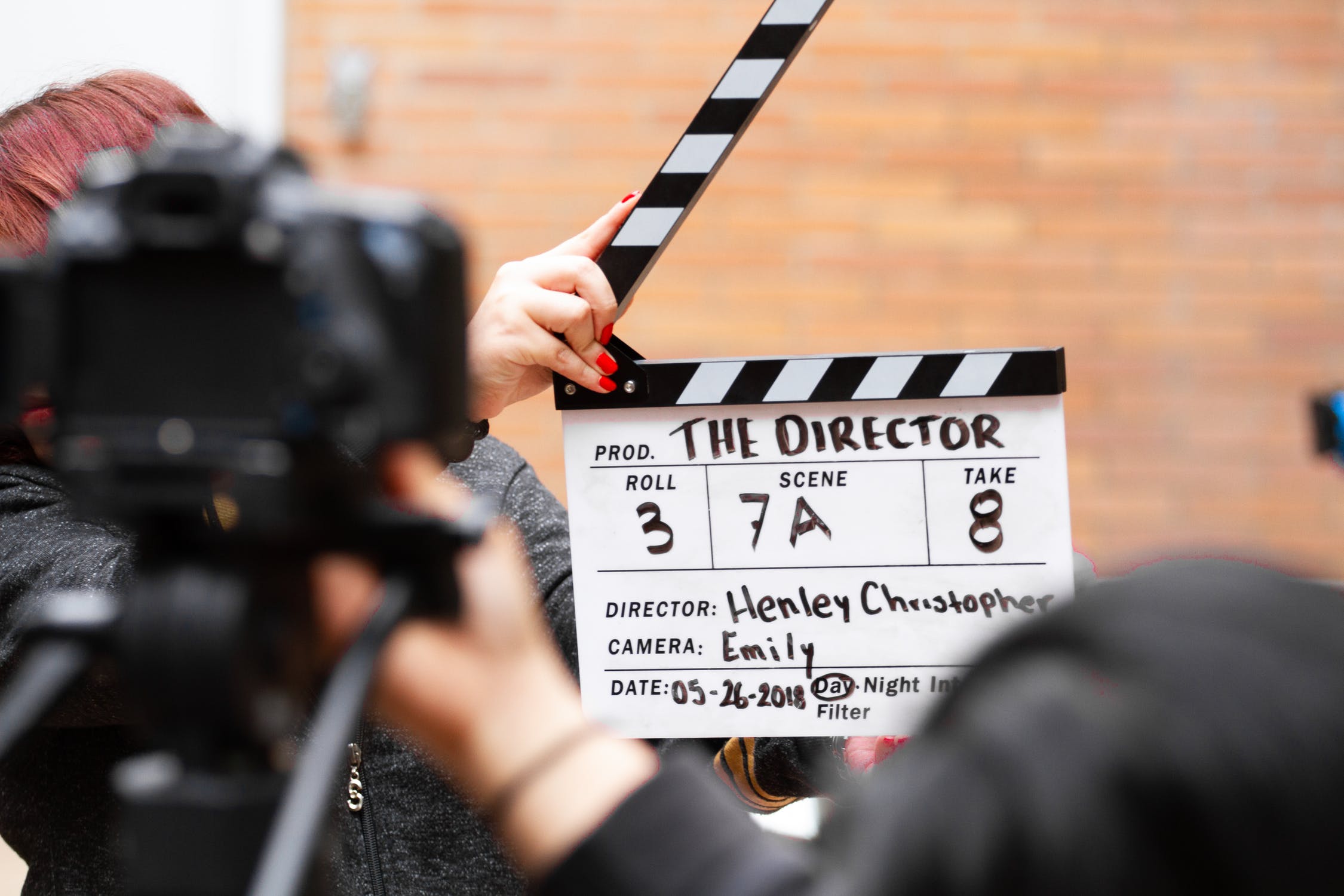Public relations, through mass communication across various media channels, gives a significant edge towards building an admirable brand.
Recent studies have proved that stories and storytelling are also immensely effective in a business context for establishing trust and rapport and helping the audience make sense of complex information to take decisions & inspire action.
What defines the fine art of storytelling is the craftsmanship of the public relations team that works on the brand along with the brand managers and brand custodians.
The public relations team has to carefully study the brand story as explained by the brand managers/custodians and help the custodian tell the story in the most compelling way to suit all forms of media.
So how does a brand manager help the communication team understand a brand story better, to ensure they craft a compelling story line?
Here are six key steps for brand managers & brand custodians to remember while giving their story to the public relations team.
1. Have a core message and narrative
Stories have existed for centuries, but the urge to listen to stories hasn’t changed drastically; nor has the longing to tell stories. What is needed is a story that has impact.
- Define your core message well to ensure it has interest value for the target audience.
- Stick to the core message, and ensure it is the fulcrum of the story.
This helps in ensuring that the message resonates in the minds of the target audience. Further, the story has to be appealing enough for the target audience in each medium.
2. Stand apart from the noise and clutter in the media
Today, there are more stories out there to read or hear, than ever before! The art of storytelling, therefore, is a very important aspect in the process.
The challenge is to stand apart from this clutter and be remembered in this ultra-connected world.
- Differentiate your message adequately to tell the audience why your story is important to the
3. Consistency in the messaging
A story, when told repeatedly eventually registers in the mind well.
- Be consistent in your message for a reasonably extended period of time, till the brand and the message are embedded in the mind of the target audience.
4. Customising the storytelling method
The audience can be divided into segments based on their backgrounds and relevance to the brand.
- Storytelling needs to be customised to suit the medium of communication and story’s relevance to the target segment.
For example- the way a brand story is told to an investor or policy makers will be different from that told to the consumers.
5. Measure the impact
As the story is being told, how is it performing? Is the audience registering it the way it was planned?
- Measuring the effectiveness of the storytelling is very critical to ensure productivity of the effort.
Audience responses in terms of likes, comments, shares etc are good indicators. The comments sections of conventional and social media are good tools for this.
Repost the story in a revised media mix, based on the review of the first round, to reach a larger audience and keep creating interactive conversations to study sentiments.
6. Improvise the story and the method
After the initial rounds, adding new pieces of information is useful while maintaining the core narrative.
- Improvise the story with information on newer developments in the brand story to make it an ongoing narration.
Please do leave your comments at the bottom and do share with others if you like this article.















Storytelling is not only an important skill for the PR team, but also internally within the company. It is the job of every leader to help their own teams as well as partner organizations understand how their work fits into the bigger picture. Too often, this story remains untold, or told in a way that doesn’t really resonate, leading to a lost opportunity to connect to their audience.